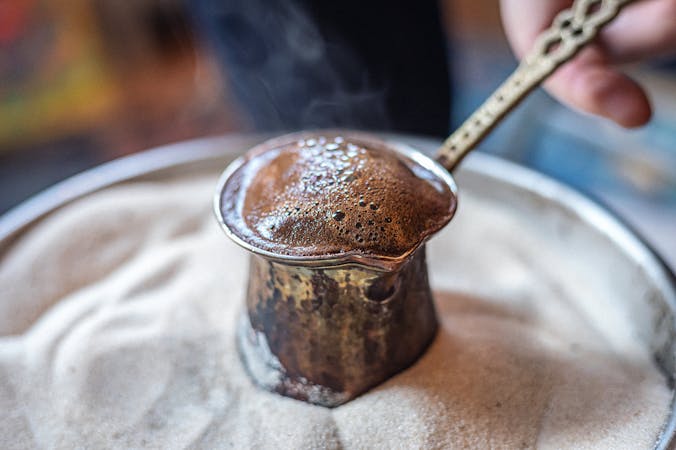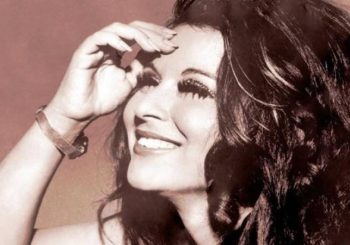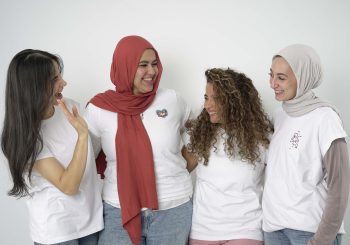
A woman sits across the table, in her hands, an intricate flower-painted teacup. It’s a small thing, only an inch or two in height and even less in diameter. She peers down into it, draws a breath through her nose, and nods. When she looks up from her study, there is a distinct air of knowing to her.
She is about to read a fortune.
Every Egyptian has met this woman in some capacity; she is someone’s great aunt, someone’s older sister, the local mystic who taxes a pretty penny for each reading. Coffee fortune-telling – or rather, the act of uncovering past and future through one’s drained qahwa cup – has become a staple of Egyptian culture. No matter who it is telling long tales of love and longing, there is little doubt that Egyptians have developed a culture of social spiritualism around coffee.
Coffee itself was first imported to Egypt after its cultivation and discovery in Yemen, five centuries prior to its use as a party trick. Soon enough, each culture would brew its own blends and fragrances, deviating from traditional bitterness. Egyptians, however, remained enamored by the bitter, molasses-thick qahwa turki, Turkish coffee.

Heated in a small copper kanaka, there is artistry and precision to brewing qahwa. According to local urban legends, leaving the mixture to boil over is a bad omen, particularly if a bride is preparing it for her future husband. Having the coffee spill over in the cup is also testament to poor kitchen etiquette, and indicates carelessness and poor taste.
But tasseography is Egypt’s most common qahwa superstition: the reading of a cup after someone has finished drinking their coffee. The gradient maps of coffee grounds at the bottom can be an indicator of love, death, marriage, and just about every possible angle for prediction.
The ritual of having one’s qahwa cup read is a local practice of divination inherited by Ottomans in the 18th century, only to evolve into casual mysticism among friends, ice-breakers in conversation, and the Middle Eastern, tongue-in-cheek what’s your Zodiac sign? Equivalent dealt between strangers.
After finishing a cup of coffee, one is asked to turn it over and allow it to drain entirely onto the saucer. After a few moments, the self-proclaimed fortune-teller – usually a friend with a cocky smile, who is clearly up to no good – will ask to look at what remains inside the cup of coffee-grounds and residual brew. To most, it’s little more than a map of messy lines, an atlas of nonsense.
To others, it’s a personal reconstruction of goals, success, and shortcomings.

Vertical lines are representative of larger goals; the darker, broader the line, the more promising. If it teeters close to the rim of the cup, it is almost certain to happen. Dots are more telling of wealth and money, while triangles speak of changes and exciting revelations. The symbols to look for are many, each loaded with its fair share of superstition.
Naturally, the more creative the reader, the more interesting the story. Whether they describe lingering comfort and peace or great instability, there is never a dull moment when looking down into the bottom of a flower-painted qahwa cup, listening to a fortune-teller who looks like she’s seen more of the world than she dares give away.






Comments (4)
[…] ينقر سيجارته على درابزين الشرفة ، ويوازنه قهوة تركي على طول الخشب المتناثر. تشعل امرأة سجادة غرفة معيشتها […]
[…] man taps his cigarette against the balcony railing, balances his qahwa turki along sparse wood. A woman flares her living room carpet over a different, iron-wrought railing […]